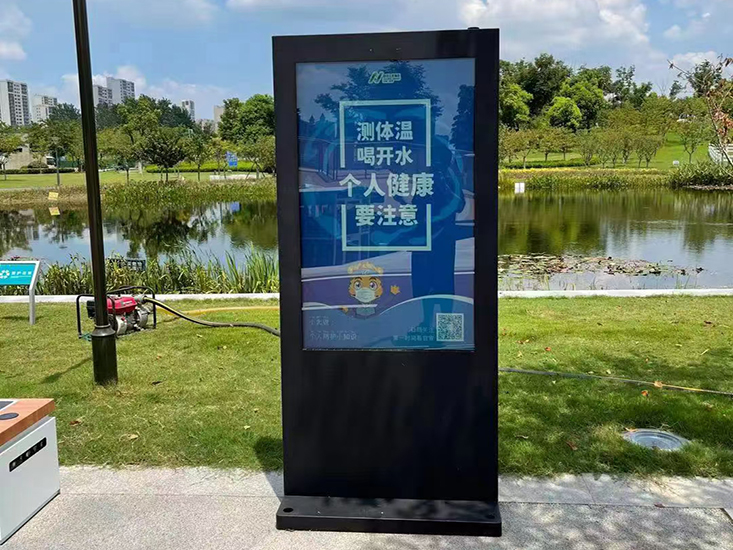Arc-shaped splicing screens, also known as curved screens, have become increasingly popular in recent years due to their unique design and immersive viewing experience. In this article, we will discuss the advantages and disadvantages of arc-shaped splicing screens.
Advantages:
1. Immersive Viewing Experience: The curved design of the screen provides a wider field of view, making the viewing experience more immersive and engaging. It creates a sense of depth and wraps the viewer in the content, whether it's a movie, a game, or a presentation.
2. Better Viewing Angles: The curved shape of the screen ensures that the content is evenly distributed across the entire display, regardless of the viewer's position. This means that everyone in the room can enjoy the same high-quality viewing experience, regardless of where they are sitting.
3. Reduced Eye Strain: The curved shape of the screen helps to reduce eye strain by minimizing the amount of eye movement required to focus on different parts of the display. This is particularly beneficial for long periods of viewing, such as in a conference room or a home theater.
4. Enhanced Aesthetics: Arc-shaped splicing screens have a sleek and modern design that adds a touch of elegance to any space. They can be used as a focal point in a room or seamlessly integrated into the overall design, enhancing the aesthetics of the environment.
5. Seamless Splicing: Arc-shaped splicing screens are designed to be seamlessly connected, creating a continuous and uninterrupted display. This allows for the creation of large-scale video walls or displays that can be customized to fit any space.
Disadvantages:
1. Limited Viewing Distance: The curved shape of the screen is optimized for a specific viewing distance. If the viewer is too close or too far away from the screen, the curved shape may distort the image and reduce the overall viewing experience.
2. Higher Cost: Arc-shaped splicing screens are generally more expensive than traditional flat screens. The curved design requires more advanced technology and manufacturing processes, which can drive up the cost of production.
3. Limited Content Compatibility: Some content, such as older movies or games, may not be optimized for curved screens. This can result in distorted images or a less immersive viewing experience. However, most modern content is designed to be compatible with curved screens.
4. Installation Challenges: Installing arc-shaped splicing screens can be more challenging than installing traditional flat screens. The curved shape requires precise alignment and calibration to ensure a seamless and uniform display. This may require professional installation and additional time and effort.
In conclusion, arc-shaped splicing screens offer a unique and immersive viewing experience, with advantages such as an enhanced field of view, better viewing angles, reduced eye strain, and enhanced aesthetics. However, they also have disadvantages, including limited viewing distance, higher cost, limited content compatibility, and installation challenges. Ultimately, the decision to use arc-shaped splicing screens depends on the specific needs and preferences of the user.







